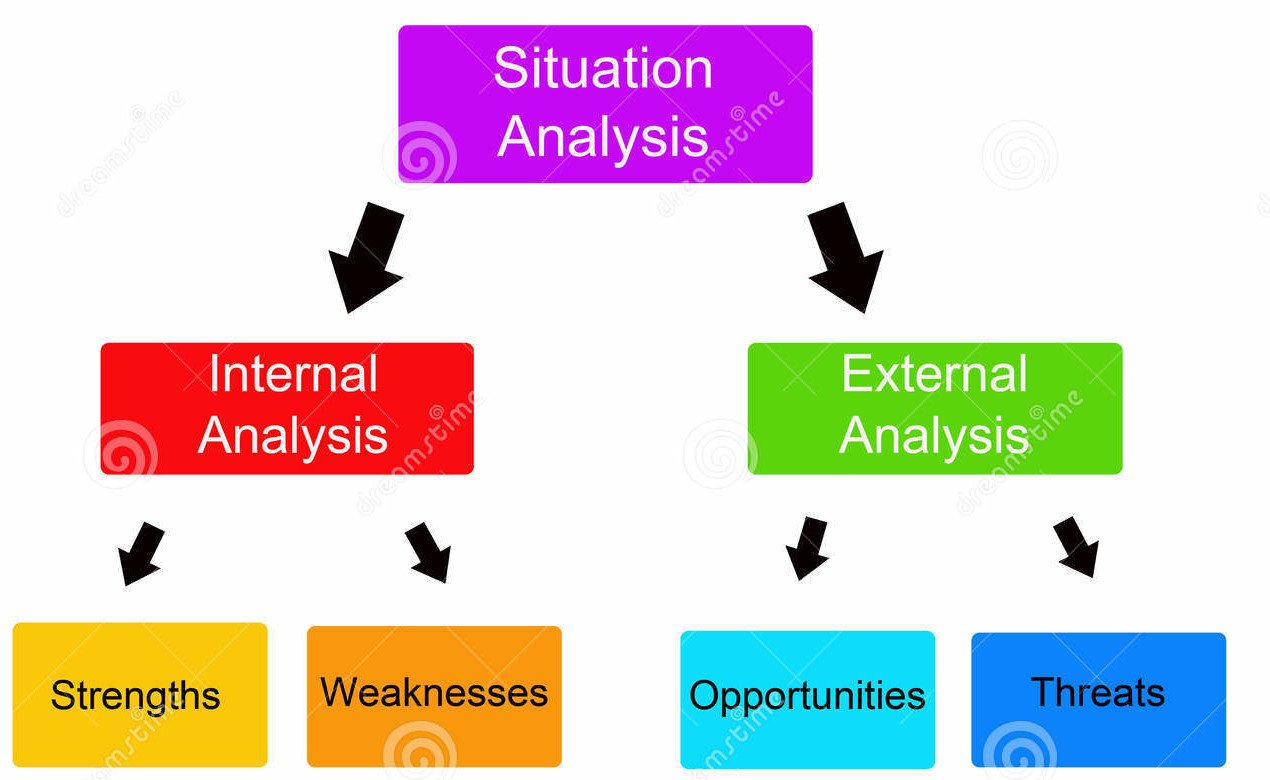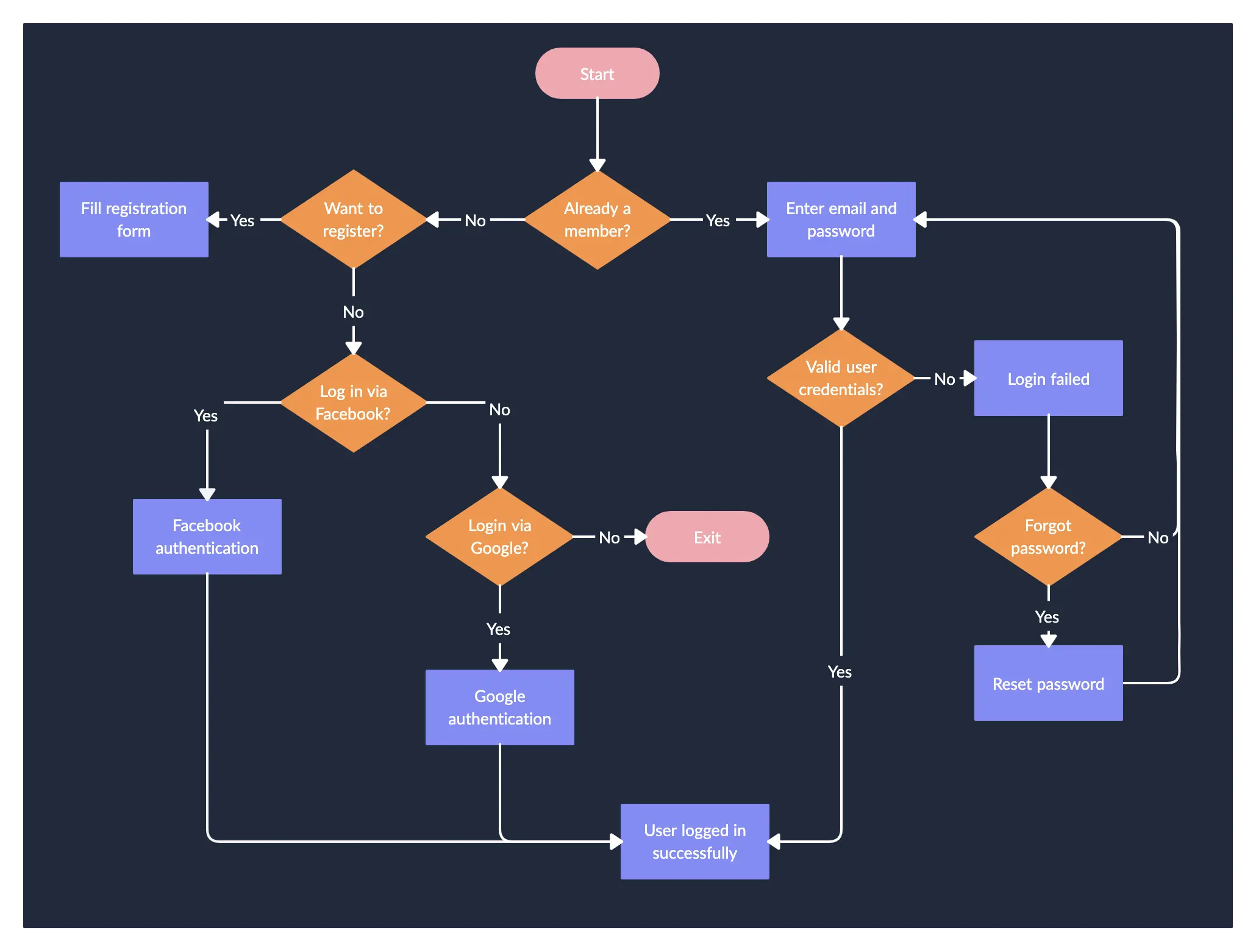Understanding Day Trading and Hodling
In the world of cryptocurrency investments, two primary strategies dominate discussions: day trading and hodling. Day trading refers to a strategy where traders buy and sell cryptocurrencies within the same trading day, capitalizing on short-term price fluctuations. This method demands a significant time commitment and involves various strategies such as trend analysis, momentum trading, and scalping. Day traders often utilize advanced tools, including charting software and technical analysis indicators, to make informed decisions swiftly, sometimes executing multiple trades in a single day to maximize profit opportunities.
On the other hand, hodling represents a long-term investment philosophy, where individuals purchase cryptocurrencies and hold them over extended periods, undeterred by daily market volatility. The term “hodl” originated from a misspelled online post in 2013 but has since transformed into a rallying cry for investors who believe in the potential of cryptocurrencies to appreciate significantly over time. Hodlers tend to focus on the fundamental value of the assets they purchase, often considering factors such as technological innovation, market demand, and overall market trends, rather than short-term price movements.
Choosing between day trading and hodling largely depends on an individual’s risk tolerance, time commitment, and investment goals. Day traders may be attracted by the thrill of quick profits and the potential for higher returns, yet they must also contend with increased risks associated with rapid market changes and emotional decision-making. Conversely, those who prefer hodling may appreciate the steadiness of long-term investments, accepting that while market downturns can be stressful, they believe in the resilience of their chosen cryptocurrencies. Each strategy comes with its own set of risks and rewards, making it essential for investors to evaluate their financial goals and time availability before diving into either approach.
Pros and Cons of Day Trading
Day trading, a strategy where traders buy and sell cryptocurrencies within the same day, is a method that attracts a diverse range of investors. One significant advantage of day trading is the potential for high returns. By capitalizing on short-term price movements, experienced traders can generate substantial profits in a matter of hours or even minutes. This strategy allows investors to utilize their market knowledge continuously, giving them a deeper understanding of price fluctuations and trading patterns. The rapid pace of day trading can also adapt to prevalent market trends, enabling traders to exit losing positions quickly and secure profits from favorable movements.
However, day trading is not without its challenges. One major disadvantage is the potential for significant losses. The volatility inherent in the cryptocurrency market can result in sharp price declines, leading to rapid financial losses for traders. Additionally, day trading is time-intensive, often requiring committed hours of monitoring trades and analyzing market conditions. This commitment can disrupt personal schedules and lead to burnout, particularly for those who are juggling other responsibilities.
The psychological pressure associated with day trading is another critical factor to consider. Traders must make swift decisions under pressure, which can lead to emotional fatigue and impaired judgment. The fast-paced nature of this strategy can cause traders to react impulsively to market changes, resulting in mistakes that could have otherwise been avoided. As such, day trading may not be suitable for individuals who prefer a more laid-back investment approach or who possess a lower risk tolerance. Understanding both the advantages and disadvantages of day trading is crucial for determining whether this strategy aligns with one’s financial goals and lifestyle.
Pros and Cons of Hodling
The hodling strategy, which originated from a misspelled online forum post, has gained significant traction among cryptocurrency investors. It advocates for the long-term holding of assets, regardless of short-term market fluctuations. One of the main advantages of this strategy is its ability to minimize stress levels. Investors who opt for hodling are less affected by daily price movements, allowing them to maintain a more stable and less emotionally charged approach to their investments. This reduced pressure can be particularly beneficial in the volatile cryptocurrency market.
Another notable benefit of hodling is the lower time commitment required. Unlike day trading, which demands constant market monitoring and quick decision-making, hodling enables individuals to adopt a more relaxed approach. Investors can dedicate less time to analyzing charts and prices, freeing them to focus on their personal and professional lives while letting their investments mature over time.
Moreover, hodlers have the potential to capitalize on long-term market growth. Historically, many cryptocurrencies have experienced significant increases in value over extended periods. By holding assets long-term, investors may reap the rewards of gradual appreciation, which can lead to substantial gains when market conditions eventually improve.
However, the hodling strategy is not without its challenges. One drawback is the possibility of missing out on short-term profits that active trading might capture. Additionally, hodlers are exposed to the risk of substantial price drops over time, which can lead to considerable losses if the market does not recover as anticipated.
Lastly, being patient and having strong conviction in one’s investment choices are vital components of a successful hodling strategy. Investors must remain confident in the long-term potential of their assets, even during periods of market downturns. Aligning the hodling approach with individual investment goals and psychological profiles is crucial for achieving success in this strategy.
Choosing the Right Strategy for You
When it comes to investing in cryptocurrency, the choice between day trading and hodling can significantly impact your financial outcomes. Selecting the right strategy requires a thorough examination of your personal investing style, financial goals, and willingness to accept risk. Each method has its unique advantages and may appeal to different types of investors.
First and foremost, consider how much time you can dedicate to trading. Day trading typically demands active participation, often requiring multiple hours a day to monitor market trends, execute trades, and analyze price movements. If you have a busy schedule or other commitments, hodling might be a more suitable approach, allowing you to invest without constant oversight. This long-term strategy is generally less time-consuming, focusing on holding assets for extended periods rather than engaging in frequent transactions.
Next, assess your experience level and market knowledge. If you are new to the world of cryptocurrency, jumping into day trading may be overwhelming due to the rapidly changing landscape and the need for technical analysis. On the other hand, hodling allows you to familiarize yourself with the market dynamics safely over time, potentially leading to informed investment decisions in the future.
Risk tolerance is another crucial factor to evaluate. Day trading can yield quick profits, but it also incorporates higher volatility and the potential for significant losses within a short timeframe. If you prefer a more stable, long-term investment strategy that is less likely to be affected by short-term market fluctuations, hodling may be more appropriate.
Ultimately, you might find it beneficial to blend both strategies. For example, you could allocate a portion of your portfolio for day trading while maintaining a solid base of hodled assets. This diversified approach could align with your individual priorities and enhance your overall market understanding. Developing a personalized investment plan tailored to your goals, lifestyle, and risk appetite will serve you best in your cryptocurrency journey.


















 By covering these aspects comprehensively, this article meets diverse needs. It provides conceptual clarity for students and researchers, practical insights for professionals, and contextual background for enthusiasts. Such an approach increases engagement and ensures the content ranks well across a broad range of relevant search queries.
By covering these aspects comprehensively, this article meets diverse needs. It provides conceptual clarity for students and researchers, practical insights for professionals, and contextual background for enthusiasts. Such an approach increases engagement and ensures the content ranks well across a broad range of relevant search queries.